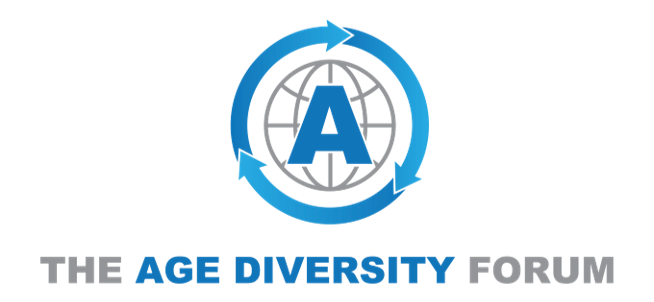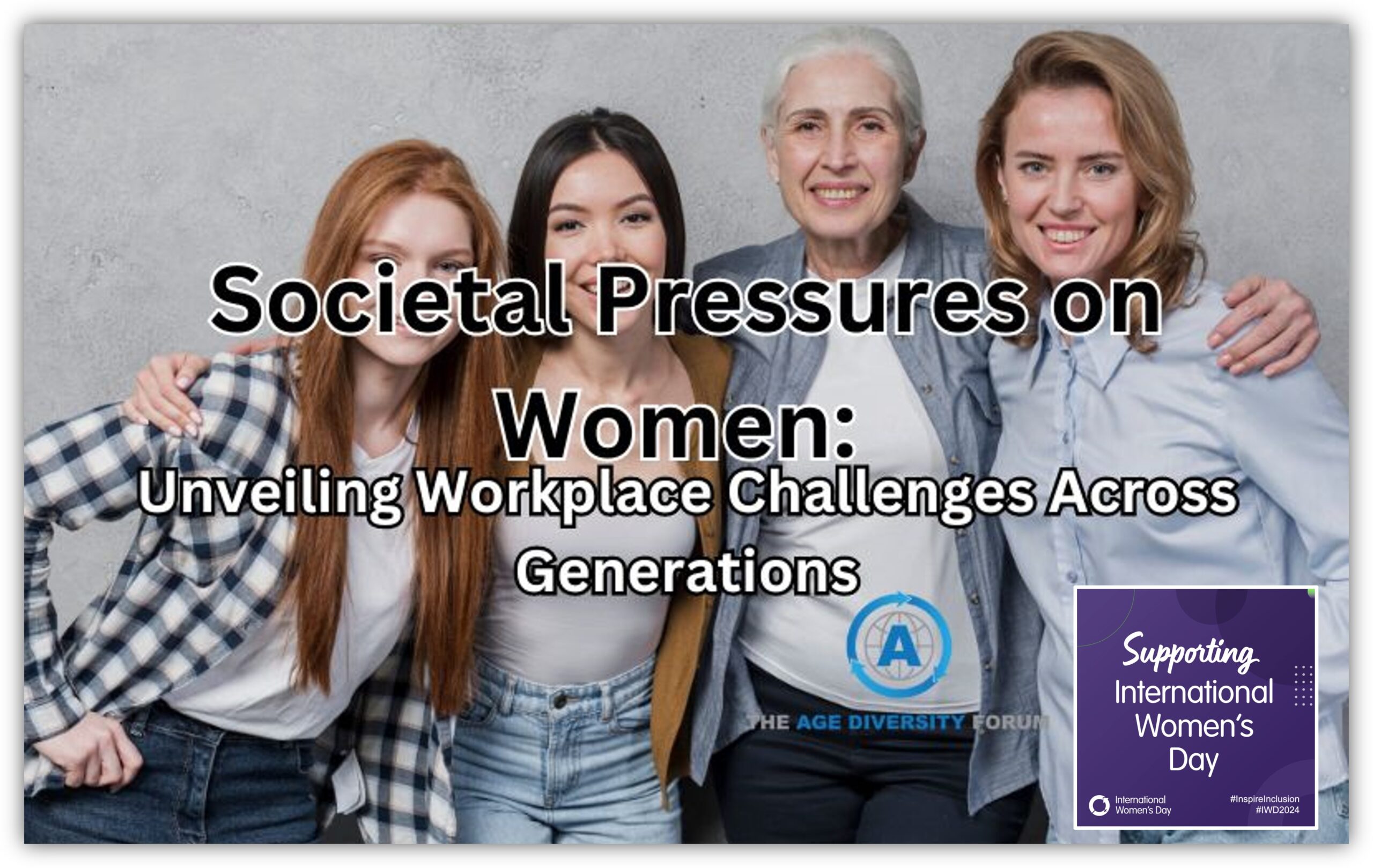The campaign theme for this year’s International Women’s Day on 8th March is Inspire Inclusion. When we inspire others to understand and value women’s inclusion, we forge a better world. And when women themselves are inspired to be included, there’s a sense of belonging, relevance, and empowerment. Collectively, let’s forge a more inclusive world for women.
Back in October, we wrote an editorial on Menopause Day, discussing the impacts of a natural process and how that affects women in the workplace. Within that article, we briefly touched on societal expectations of women which stopped women from opening up about menopause and getting the help they may require. These expectations run deep and can affect women of all ages with different groups having a different set of pressure on them.
But why is this important in the workplace? For one, as previously mentioned it can mean that women don’t open up about the issues they are facing and so struggle in silence at work. Another is it can impact the industries women go into and their general level of confidence at work. From a business development viewpoint, this can impact productivity and performance leading to the business not getting the most out of their workers. From a well-being viewpoint, it can potentially lead to higher absences and demotivated staff.
The biggest expectations women face are those based on beauty standards which link heavily to age. With the rise of social media and influencers, the standards that women are expected to meet are becoming increasingly unrealistic and there has been a lot of research into the consequences on mental health and how severe they can be. The underlying issue is the reduction in self-esteem which can be severely demotivating. There is also a huge focus on how women should present themselves at work. Often, especially in male-dominated fields, women should be quiet, not too outspoken or opinionated and listen to their male coworkers. As we will discuss later on in this editorial, this can impact the industries women enter and can worsen the gender inequality that plagues the workplace. These can also harm a woman’s well-being as it is another challenge they must overcome to get further in their careers and having to act a certain way to ensure they are “liked” enough and are meeting the expectations of men and society can be incredible demoralising for a woman with ideas and who wants to succeed.

strike the #inspireinclusion pose!
This applies to all generations of women but can have a significant impact on older women. We have discussed previously the concept of an “older woman” and how derogatory it can be. Ageing has become demonised in society, with an ever-increasing rise in beauty methods to reduce natural processes such as wrinkles and other effects ageing has on the body. With the gender bias already working against them, many older women may want to try and limit the ageing effects in order to look younger to reduce age bias against them. Research has shown that many women are worried about proving themselves, so they don’t lose their jobs with a much higher bar to appear younger. Appearance is the first sign of age. However, this can be harmful as becoming so focused on appearance and the stress of ensuring you look younger in the case of job security can put a lot of mental pressure on someone and worsen mental health. From a business development viewpoint will mean that female workers may not be as efficient or motivated at work, reducing their productivity and potentially worsening the stereotypes which already saturate the workplace.
Another huge expectation and one of the most damaging to women in the workplace are the family expectations that are placed on women. This affects women at any point in their life. Younger women are often less likely to be chosen for a role or even paid less because employers assume that at some point, they will need to take maternity leave for children. This brings up an important disparity within the world of work. Paid maternity leave is usually 52 weeks whilst paternity leave is 2. This can and does leave women feeling left behind in the workplace as whilst their male counterparts can get back to the workplace, they are at home. It also pushes stereotypes that women should be the main caregivers in the household – this isn’t a comment that men aren’t choosing to, it’s a comment that men aren’t given the same amount of time of paid paternity leave to be given the opportunity. In Iceland, for example, each parent is entitled to 6 months of paid leave with 6 weeks as transferable between the parents. Not only does this help balance out societal expectations but it also balances opportunities in the labour market. In the other countries, this is not a thing. Whilst there has been a recent trend of women either having children later in their lives or not having children at all, especially in developing countries, this is all a massive disincentive for any woman looking to have a family but also have a career – why should women be made to choose between them?
Older women may also feel these effects. From the time when they were younger, they may be behind their male coworkers both in position and pay even if they are just as well educated. It has been said that older women can be beneficial to a business as they likely will not be taking maternity leave, however, an employer may still consider other family commitments such as being a grandparent where often they look after the children. Again, why should a woman have to choose between having a family or a career? Following all of this is menopause. As we have discussed in our previous editorial, it can have a significant impact on women in the workplace. Employers may use menopause as a sign that they will not be taking maternity leave but it has its challenges. These are challenges that women may not talk about and get support for as they already feel as though they are behind and are walking a tightrope in their job security.

Another widely talked about topic within gender equality in the workplace is the gender stereotypes regarding the roles a person goes into. For decades, industries centred around science, maths and technology have been regarded as “male industries” where men are stereotypically believed to perform more strongly. This can cause women to be reluctant to share their ideas if they do enter the industry – even if they have talent. Often when women are high achievers in these subjects, they are more likely to shrug off the praise and play down their achievements. Potentially caused by the idea that women should be humble and not arrogant. Overall, the lack of confidence could hold women back from entering certain fields if they believe they won’t excel despite having the skills. It is not just STEM careers. Various studies that managers and the people in the C-suite often hold negative gender stereotypes relating to a woman’s capability and potential in comparison to their male counterparts.
This has a significant impact on younger women who may be entering the workplace or even choosing their degree. But how can it affect older women? Those in the workplace may change their behaviour and be less outspoken to be more viable for a promotion. Women make up only 32% of senior management positions worldwide which is a huge barrier for women to advance in their careers. The unconscious patriarchal view of male managers means they are more likely to prioritise men with career progression compared to women. For women looking to get back into the workplace, gender stereotypes add an extra challenge on top of the age biases that hold older workers back. News sites already provide unambitious career suggestions for older workers such as bus drivers or innkeepers. Whilst these are still important roles in society, for a woman who has a lot of experience and skill, there surely are better options. Alongside these suggestions, we find roles that fit the stereotype of a nurturing caregiver such as a teacher, therapist or nurse. Again, nothing outwardly wrong but there is no mention of any career within an industry such as technology. It is also important to note that when searching for “jobs for men over 50” there are no articles that are focused on just careers for men. There are two ways to view this. The first is that it is good that there are no suggestions for careers only men can do and that many of the results were for Over 50s in general. However, a more cynical viewpoint is why the women have to have separate articles. Yes, it is beneficial to help them find a starting point in a challenging situation, but why is society not at a point where women shouldn’t have to consider these things?
America Ferrera’s monologue from the Barbie movie summarises it best. Whilst the world has improved, there are still a lot of stereotypes and thought processes which lead society to favour men or don’t actively encourage women to be the best they can possibly be. It is something that will affect a woman at any age and can change their attitudes in their careers. It is important for employers to make the workplace equal and to give everyone the same opportunities regardless of gender and it is also important to remember the impact age will have. Younger women will be living in a period of uncertainty and a lot of pressure to compete with their male coworkers, knowing they have the skills and knowledge but needing to have the confidence to speak out and be bold. Older women will have the age bias working against them on top of gender inequality. Open up opportunities and don’t fall into the trap of writing them off. Pause and consider delegating tasks or hiring based on skill and experience, not the demographics of a person. To finish, what other challenges do women face in the workplace? What else needs to be done to continue the push for gender equality? What can male colleagues do to help? How else can age impact the other protected characteristics?
With well over a century of history and change, the first International Women’s Day (IWD) was held in March 1911. IWD isn’t country, group or organization specific. It’s a day of collective global activism and celebration that belongs to all those committed to forging women’s equality.
World-renowned feminist, journalist and activist, Gloria Steinem, reportedly once explained:
“The story of women’s struggle for equality belongs to no single feminist nor to any one organization but to the collective efforts of all who care about human rights.”
So together, let’s all help fight the good fight. All IWD activity is valid, that’s what makes IWD so inclusive. Join in and make IWD your day by doing what you can to support and advance women.
#inspireinclusion #ADF #championagediversity #inclusionmatters #age #agediversity #diversity #genderequality #women #feminisim #ageism

